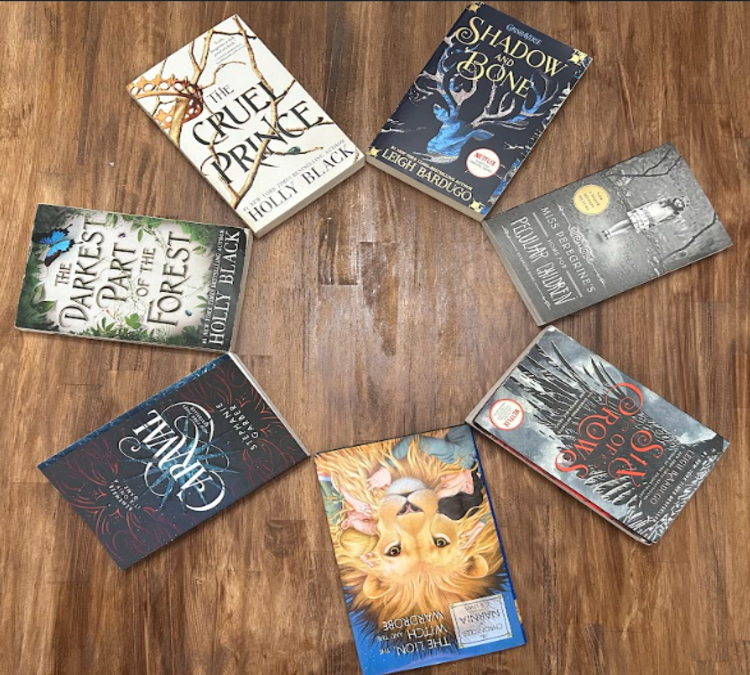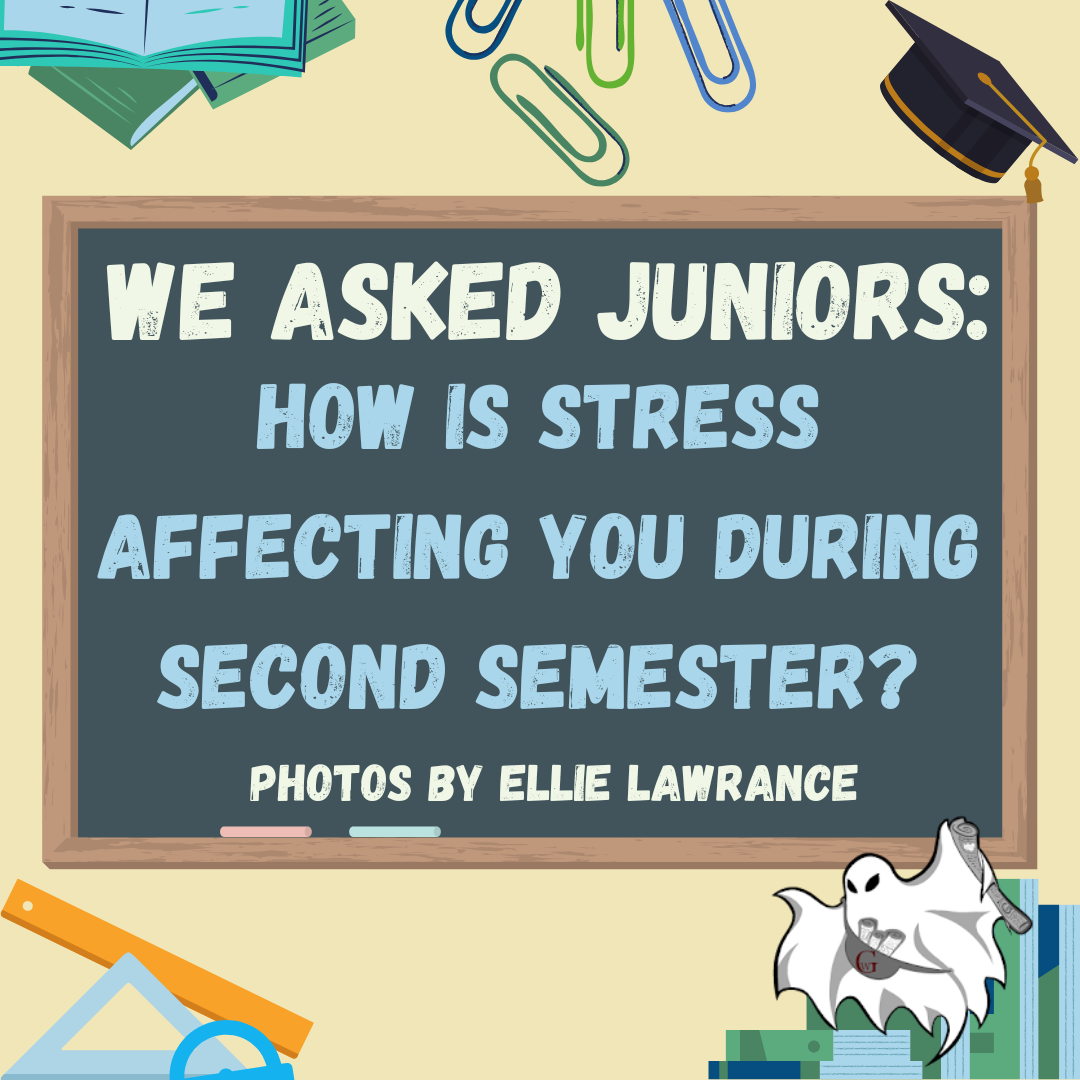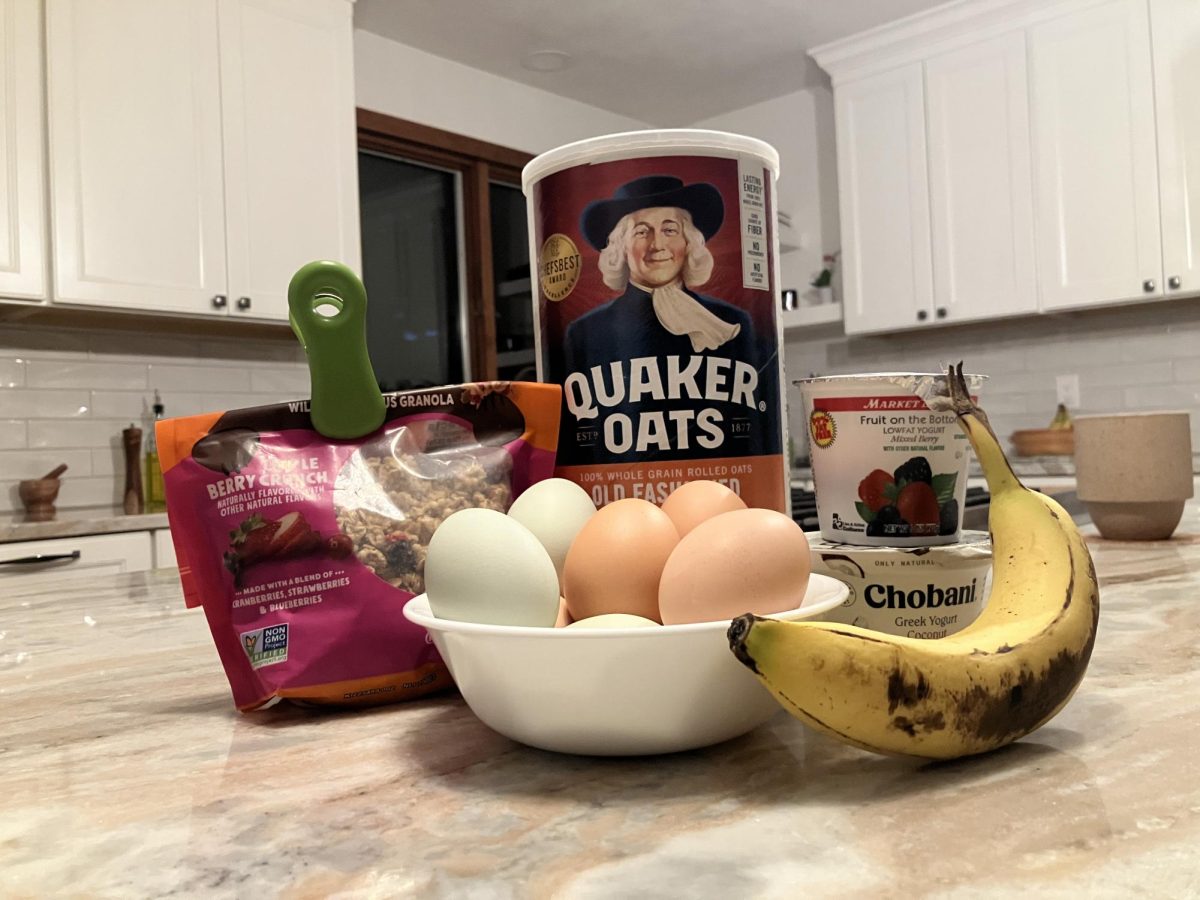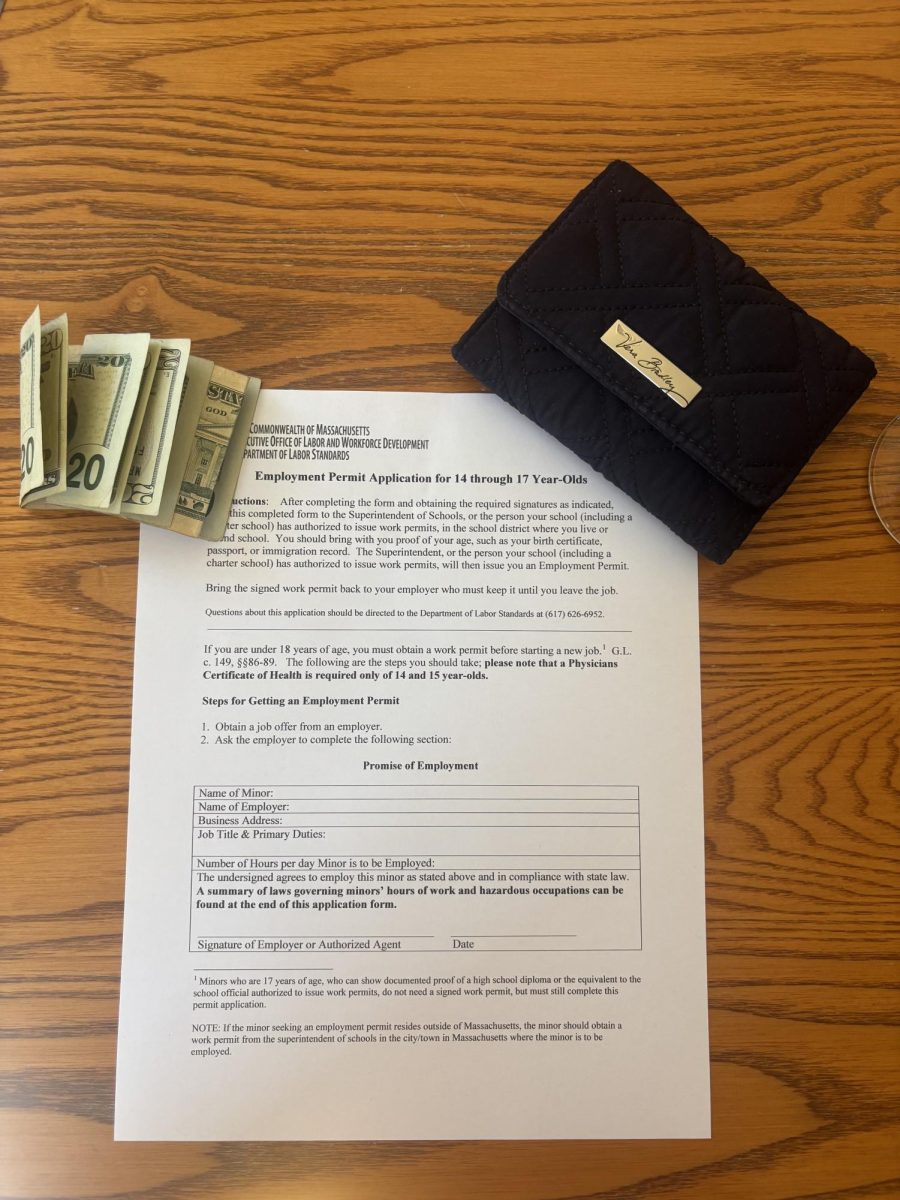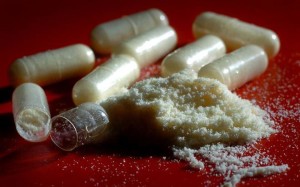 By Victoria Walker
By Victoria Walker
Business Manager
Every few weeks, a new song comes onto the radio and stays there 24-7, playing on no less than three stations every half hour. A while back, this break-through hit was Rihanna’s “Diamonds,” a poppy repetitive dance beat that topped the charts and sunk its way onto half the iPhones in Westford Adacemy.
While I generally do not spend much time analyzing Rihanna lyrics, in this particular song I noticed the phrases “a vision of ecstasy” and “moonshine” (illegally distilled liquor) and “Molly”, two blatant drug references which bothered me immensely. So is it really a problem that praise of the mysterious drug “Molly” can now be found on the iPods 2,000,000 Americans?
The thing that sets Molly apart from drugs like tobacco and marijuana is that no one really knows what’s in it. “Molly” is a cute nickname for drier term “MDMA”, which is itself a short-hand for the not so welcoming compound “3,4-methylenedioxy-N-methylamphetamine.” This drug, though by many to be a “pure” form of ecstasy, is in fact just about as far from unadulterated as it gets.
“You might get a batch XYZ for a chemical compound,” said WA Resource Officer Detective Justin Agraz. “Two days later, you get a batch from the same dealer, but it’s been cut down differently … now the compound is ABC, and it hits you completely differently.”
Many older drugs are handled by established dealers who have specific stamps and forms of marketing, so while they may be neither safe nor legal, one is likely to find a similar quality and strength of the drug when buying more than once from the same source. What most young people do not realize about Molly is that the powder form in which it is usually used is a combination of miscellaneous chemicals, some of which also constitute the drug ecstasy.
“What [dealers] are trying to do is to change molecules within [the drug’s] chemical compound, so it’s no longer recognized by the state, thus making it legal,” explained Agraz. “The problem with this is that you have a lot of backyard, basement drug dealers trying to play chemists… you don’t know how it’s actually going to work within a human body.”
So far, Molly has certainly not proved to be beneficial. If anything, it is an extremely dangerous drug, for a number of reasons to which many people choose to turn a blind eye. This “designer drug”, usually untraceable due to the powdered form in which it is sold, immediately spikes temperature, increases heart rate and causes dehydration after use. It also causes convulsions.
“The drug itself causes muscle spasms,” said WA Psychology teacher Sandra Whittemore. “…So [researchers] see this as a long term effect, and that’s kind of scary. When you’re a teenager taking it, whose thinking about ‘what effect is this going to have on me when I’m 40?’”
Another thing people tend to forget is that “one time” or “temporary” drug usage can cause permanent damage, especially with such a shady substance. With teenagers of the 80’s, when ecstasy became popular, approaching midlife, these effects are starting to slowly present themselves.
“You’re looking at people today who might be 40 years old and they’re starting to see early onset of things like depression and Parkinson’s, which tends to lead you to wonder if this drug doesn’t have some permanent damage to neurons that produce neurotransmitter like serotonin,” said Whittemore.
Still, Molly is becoming increasing popular among teenagers. Why? Because it has a cute name and a reputation for being a fun party drug. Users flock to clubs with bright lights and loud music, ready for a social high. Young people imitate this behavior, oftentimes due to boredom and in affluent towns like Westford where kids can afford to purchase drugs. However, they fail to notice the dangers of the situation, even for adults. Ultimately, drugs compromise self-control. Even when a user has been safe in the past, the basement concocted substances they buy can quickly change in strength and them overdosed from an amount that did nothing the night before.
“A lot of times the club owners don’t want people to die in their club,” Whittemore explained, “So they’ll throw [people who have overdosed] out onto the street… that adds to the danger of what happens when you’re on the drug.”
So is this really a problem in towns like Westford?
“It’s starting to trickle into this area,” Agraz said. “We’re definitely starting to see it pick up. I’ve certainly caught rumor of it in Westford. I don’t believe that there’s been any that the police have interacted with yet.”
“I think certain drugs go through fads if you will,” said WA Health teacher Lauren Coffey. “There’s an infinite number of things that people can abuse, but certainly Molly’s becoming more prevalent… you know when parents know the name of things that it’s kind of hit…”
Certainly parents do know about this issue, because it’s popping up everywhere.
“When they get celebrities and singers talking about it in music and hyping it up to be something, certainly that can drive teens, or people more susceptible to peer pressure, into trying [Molly],” Agraz said.
So that brings me back to my drive home from school, flicking through radio stations and catching seven seconds of the latest pop star as they spurt some mendacities about drugs being fun and exciting. I love blasting the radio as much as the next high school student, but it’s becoming hard not to cringe at these moments when it becomes painfully obvious why Massachusetts is losing so many young people to the side effects of futile, uninformed drug abuse.
“I think the stereotype that scares kids is the hard core addict shooting up,” says Whittemore, “…and these drugs don’t have that visual kind of image that pops into their heads… they don’t see it as having that same type of effect.”

